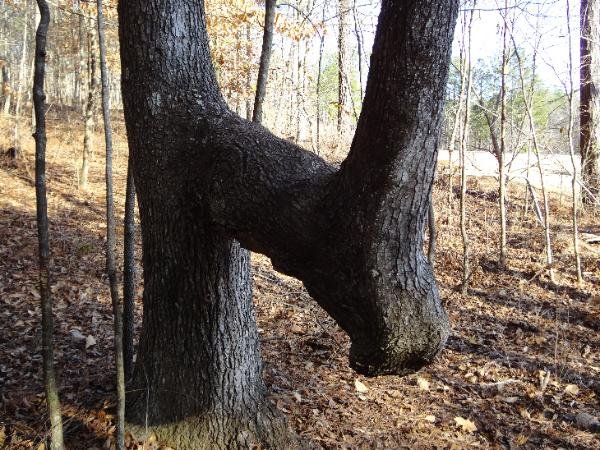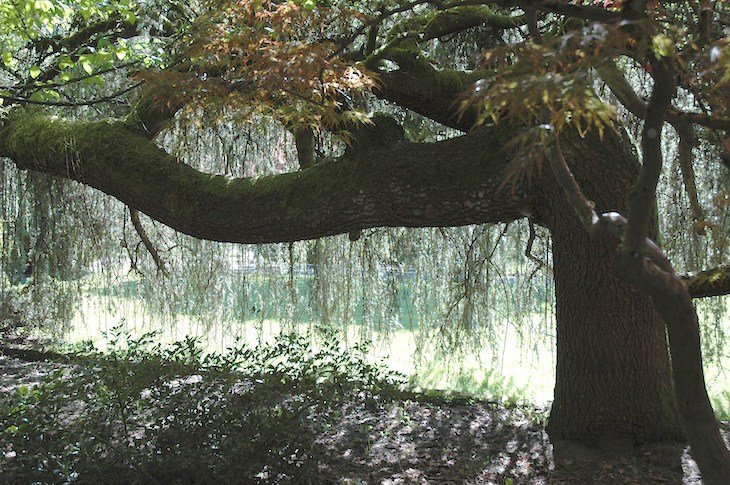Nowadays, I can’t imagine driving without a GPS. Maybe it’s because we, or me, let technology to rule our lives. The latest discovery that the brain and the internet are connected is scarcely unexpected.
Although maps and GPS are useful tools, consider the events that occurred before they were invented. How did people make their way through the woods before technology? Bent trees seem to be connected to some of the secrets that nature has long held.

The American Forests website states:
There are oddly shaped trees all around the United States. Their trunks bend at unexpected angles or have peculiar kinks in them. The majority of these trees are in fact landmarks that assisted native people in finding their path, even though some of them may just be oddities of the natural world. To make permanent trail markers, Native Americans would bend young trees. These signs would indicate safe routes across rugged terrain and direct visitors to food, water, or other significant locations. The trees have grown over time, maintaining their original shape, but as contemporary life has sprung up around them, their purpose has all but vanished. These “trail trees” may not be necessary for us to pass through now, but their significance to history makes them priceless. Think about the tales these trees may impart.
Yes, we are aware that Mother Nature has produced numerous twisted and strangely shaped trees, but there aren’t many achievements made by Native Americans that set them apart, and intrepid explorers might easily spot the differences.

For instance, as shown in the image above, many of the forest’s trees have a natural bent to them. But the Native Americans twisted the trees, and at the end of the bend, they left a distinctive nose, or notch, as you can see here. This was created by allowing the tree to grow around a part that was placed within a hole.

Apart from the nose, there’s another small detail that makes it easier to distinguish bent trees that occur naturally from those that are artificially created. The upper portion of the inner bed has scars from where the straps were positioned when the trees were still young.
Many of these trees are between 150 and 200 years old, however as we are all aware, there are many things that humans do that negatively impact the environment. One of them is the expanding population, which means that these trees will probably soon be “timbered.”
The Mountain Stewards website was created for this purpose. The website plotted the locations of more than 1,000 bent trees throughout the nation!
Hopefully, before these incredible pieces of American history go, people of all ages will rush outside to see them!





